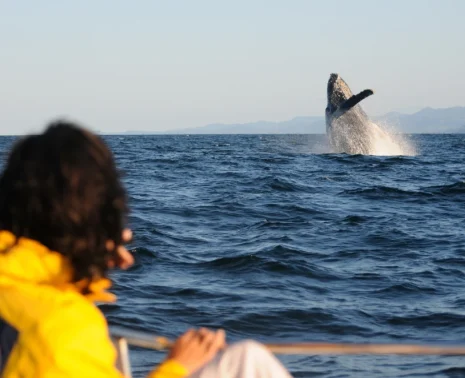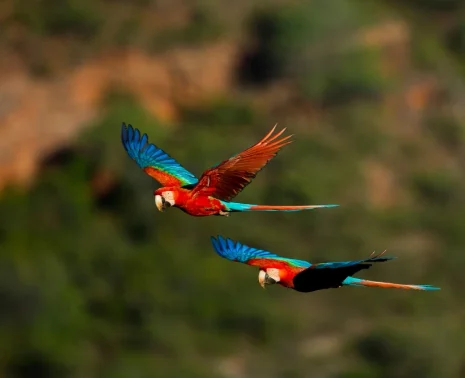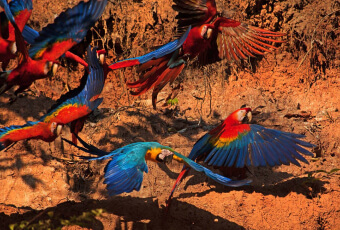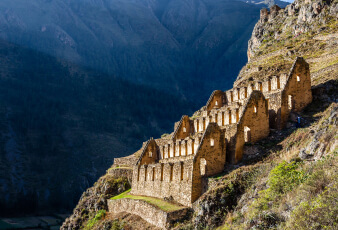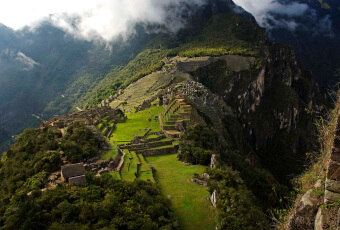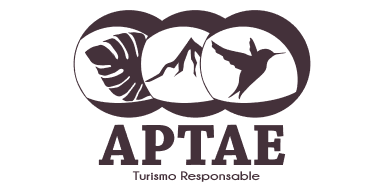
The Puma: A Symbol of Power and Mystery in the Andes

The puma (Puma concolor) is one of South America’s most iconic animals, silently patrolling the peaks, valleys, and forests of the Andes. Known as the “mountain lion” or “cougar” in other parts of the world, this magnificent feline has been revered for centuries by Andean cultures, feared and respected in equal measure.
For travelers seeking a deeper connection with the region’s wildlife and heritage, understanding the role of the puma in the Andes adds a powerful dimension to any journey. At Kuoda, we combine wildlife encounters with cultural insights, offering experiences that reveal not just the animal, but the stories and traditions it inspires.
A Master of Many Landscapes

The puma is the most adaptable wild cat in the Americas, inhabiting a vast range of environments from the Patagonian steppe to the cloud forests of Peru. In the Andes, these solitary predators are often found in remote, rugged areas where their keen senses and stealth help them thrive.
Habitat: They roam across high-altitude grasslands, temperate forests, and arid mountain slopes.
Diet: Puma prey includes guanacos, vicuñas, deer, and smaller mammals. In agricultural areas, they may also hunt livestock, which sometimes brings them into conflict with humans.
Behavior: Pumas are ambush predators, relying on patience and camouflage rather than speed.
Puma in Andean Culture
In Inca cosmology, the puma symbolized strength, agility, and the earthly realm. Cusco, the former capital of the Inca Empire, was said to have been designed in the shape of a puma, with the head at Sacsayhuamán and the body extending through the city’s streets.
The animal’s image appears in pottery, textiles, and stone carvings throughout the Andes, often representing guardianship and resilience. For indigenous communities today, the puma remains a powerful spiritual figure, tied to the land and the cycles of nature.
Where to Spot a Puma in the Andes

While puma sightings are rare due to their elusive nature, certain regions in South America offer higher chances for observation:
Torres del Paine National Park, Chile: Known as one of the best places in the world to see wild pumas, especially in the Patagonian steppe.
Andean Highlands of Peru: Remote areas in Cusco and Arequipa regions sometimes reveal fleeting glimpses of these cats.
Bolivia’s Eduardo Avaroa Andean Fauna National Reserve: A less-visited but remarkable habitat for mountain wildlife.
At Kuoda, we arrange private, conservation-focused excursions with expert trackers who understand puma behavior and prioritize the well-being of the species.
Conservation Challenges
Despite their adaptability, pumas face growing threats:
Habitat Loss: Expanding agriculture and infrastructure fragment their territory.
Human-Wildlife Conflict: Retaliatory killings occur when pumas prey on livestock.
Declining Prey: Overhunting of wild game reduces food availability.
Many conservation programs now work with local communities to protect pumas, offering incentives for coexistence and promoting sustainable land use.
Fascinating Facts About the Puma in the Andes
- Pumas are the fourth-largest cats in the world, after tigers, lions, and jaguars.
- They cannot roar like big cats; instead, they communicate with whistles, growls, and purrs.
- A puma’s territory can span hundreds of square kilometers, depending on prey availability.
- Female pumas raise their cubs alone, teaching them hunting skills over two years.
FAQ: Puma in the Andes
Is it safe to encounter a puma in the wild?
Yes, as long as you observe from a safe distance with an experienced guide. Pumas avoid humans and rarely attack unless provoked.
When is the best time to see pumas in Patagonia?
The austral summer (December to March) offers longer daylight hours for tracking, though pumas are present year-round.
Are pumas endangered in the Andes?
They are listed as “Least Concern” globally, but local populations may be threatened by habitat loss and persecution.
How does Kuoda ensure ethical wildlife viewing?
We work with certified naturalists who follow strict no-disturbance guidelines and support local conservation initiatives.
The Puma as a Travel Inspiration
A journey to the Andes is already an immersion into extraordinary landscapes and cultures. Adding the possibility, however rare, of seeing a puma elevates the experience, connecting travelers with one of South America’s most powerful symbols of freedom and wilderness.
At Kuoda, we design bespoke itineraries that integrate wildlife observation with cultural exploration, from tracking pumas in Patagonia to learning about their significance in Andean traditions. It’s not just about spotting an animal; it’s about understanding the story it tells about the land and its people.
Let us curate your private journey to the Andes, where every step brings you closer to the heart of this extraordinary region.
Among Giants: Best Whale Watching in South America
It’s one thing to see a whale. It’s another to feel one. The ocean stills. A hush falls. Then, a tail brea...
Read PostLuxury Birding Peru: A Private Journey into the World’s Richest Avian Paradise
With over 1,800 bird species spread across cloud forests, deserts, wetlands, mountains, and rainforest, Peru i...
Read PostLuxury Wildlife Experiences in South America: Encounter Nature with Elegance
South America is a continent alive with movement, color, and sound. It is home to some of the most biodiverse ...
Read Post










